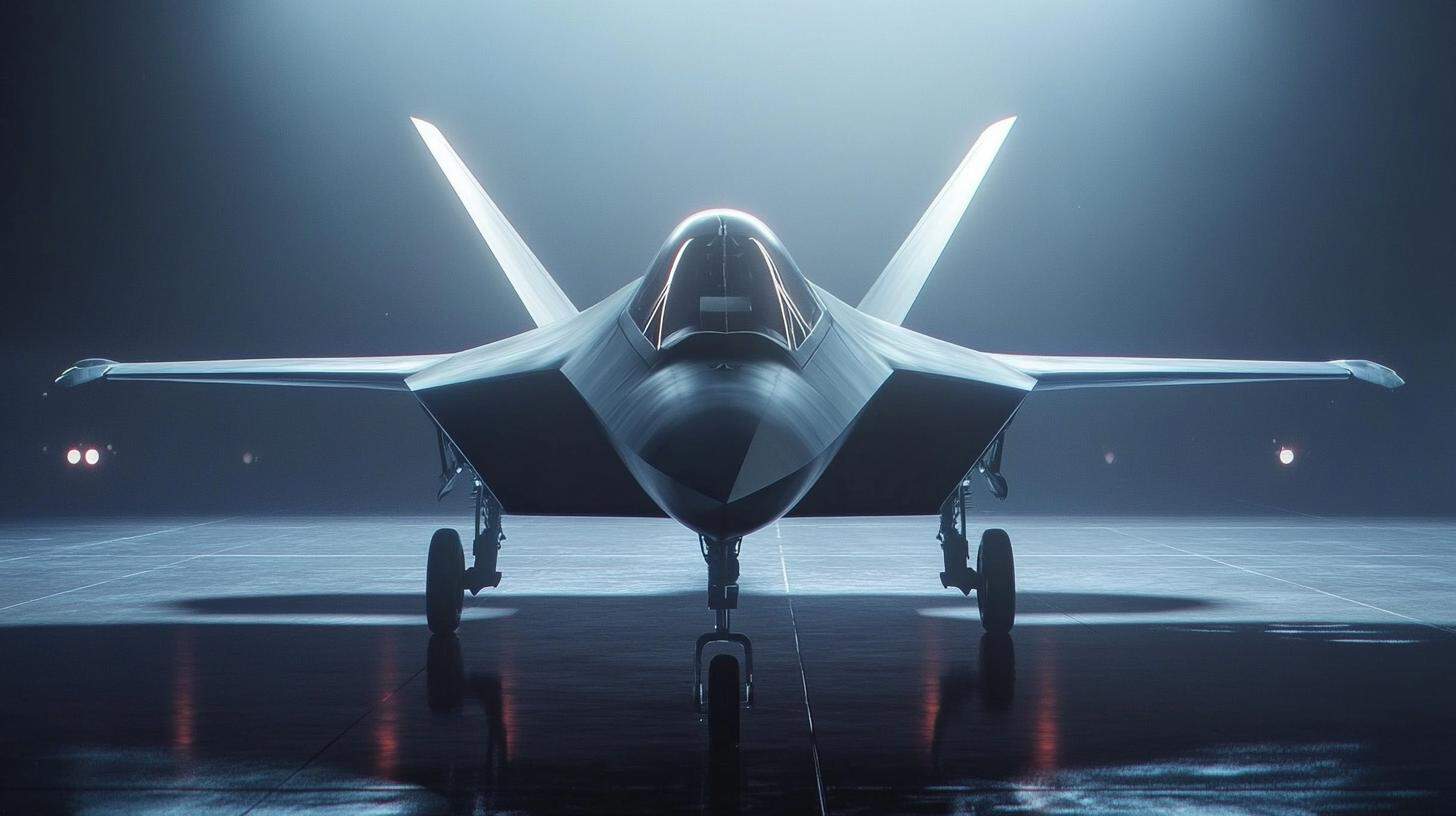The New Contender in Stealth Aviation
China’s J-35 stealth fighter is gaining attention with its advanced capabilities, potentially challenging the dominance of its American counterparts, the F-22 and F-35. Emerging from the legacy of the J-31, China’s J-35 boasts an impressive ability to detect and engage enemy aircraft from significant distances, drawing comparisons to the US F-35’s renowned technology.
Speed, Agility, and Comparison
While the J-35 reaches speeds of Mach 1.8, it surpasses the F-35’s Mach 1.6 but does not match the F-22’s robust Mach 2.2 capability. The F-22 remains unmatched in terms of its thrust-to-weight ratio, providing unrivaled agility and speed, vital for outmaneuvering incoming threats in combat.
Design and Capabilities
The Chinese J-35 introduces unique design elements that significantly differ from its predecessor, the J-20, which is optimized for air superiority akin to the F-22. The J-35, on the other hand, is designed for versatility, resembling the F-35’s focus on both air combat and ground attack missions. This lighter fighter is more agile, equipped for heavy ordnance delivery, and potentially cheaper to produce, allowing for quicker mass production.
Complementary Roles and Strategic Implications
The J-20 and J-35 are expected to work in tandem during joint operations. The J-35’s affordability and versatility may enable China to expand its fleet efficiently. China’s advancements in aerial technology underscore the increasing capabilities of its military aviation sector, signaling a need for global attention and analysis.
The Undebated Impact of China’s Stealth Revolution
Beyond the J-35: China’s Growing Influence on Global Aviation
As the spotlight focuses on China’s advancements with the J-35 stealth fighter, there are underlying effects that ripple across the globe. While this new aircraft is part of a broader narrative about China’s military modernization, it introduces a fascinating set of facts and dilemmas that impact global security and economies.
Innovation and Economic Boost
China’s advancements in stealth aviation, highlighted by the J-35, do not only serve military purposes. They are a testament to the country’s growing capability in technology and engineering. The development of such high-class aviation technology is bound to spur innovation across other sectors. Scientific research and development, materials engineering, and even civilian industries stand to benefit from the breakthroughs achieved in this military endeavor. These sectors could see improved methods and materials make their way into commercial use, potentially lowering costs and improving efficiency in consumer markets.
Global Aerial Strategy Shift
On an international scale, the J-35’s emergence is a signal to other countries to reassess their military positions. Nations in close proximity to China, such as Japan and India, are especially pressured to upgrade their military technology. As a direct consequence, this could lead to an arms race in Asia and beyond, as countries strive to maintain a balance of power. This race could divert crucial funds from other sectors, such as public health and infrastructure, posing a question of ethical priorities: Should nations invest more in defense in response to technological advancements by others?
Technical Controversies and Debates
While China claims that the J-35 is a new beacon of stealth technology, questions about its development persist. Allegations that some of China’s military technology is derived from reverse engineering of foreign designs raise ethical and legal challenges. How intellectual property rights are upheld or violated in the pursuit of military superiority remains a controversial issue that invites global scrutiny.
Advantages and Disadvantages
One of the primary advantages of the J-35 is its versatility and cost-effectiveness. Compared to its American counterparts, it offers a potential reduction in costs for mass production, which aligns well with China’s extensive industrial capabilities. This suggests that China could rapidly expand its air force with these fighters, which would greatly augment its military presence.
However, this advancement is not without its downsides. The increase in military hardware necessitates a corresponding rise in personnel training and infrastructure, which could strain resources. Furthermore, as nations react to China’s growing capabilities, there is a risk of escalating military tensions that could destabilize global peace efforts.
Key Questions
– How might the mass production of the J-35 affect international arms trade dynamics? The proliferation of advanced, yet cost-effective, Chinese aircraft could shift the demand from traditional suppliers in the US and Europe to China.
– What role will cyber warfare play in the future of aviation security? As aircraft become more technologically advanced, protecting them from cyber threats becomes crucial. This calls for enhanced international cooperation in cybersecurity.
Looking Ahead
China’s advancements in stealth aviation, as embodied by the J-35, reverberate beyond military applications. They pose questions about global security, economic impacts, and international law. Understanding these multi-dimensional impacts allows nations and communities to better prepare for an era where air superiority is as much about technological savvy as it is about military might. As this narrative unfolds, the world watches and reacts: with anticipation, concern, and a call for diplomacy.
For further insight into aircraft technology advancements and their global implications, visit Lockheed Martin and CATIC (China Aviation Industry Corporation).







